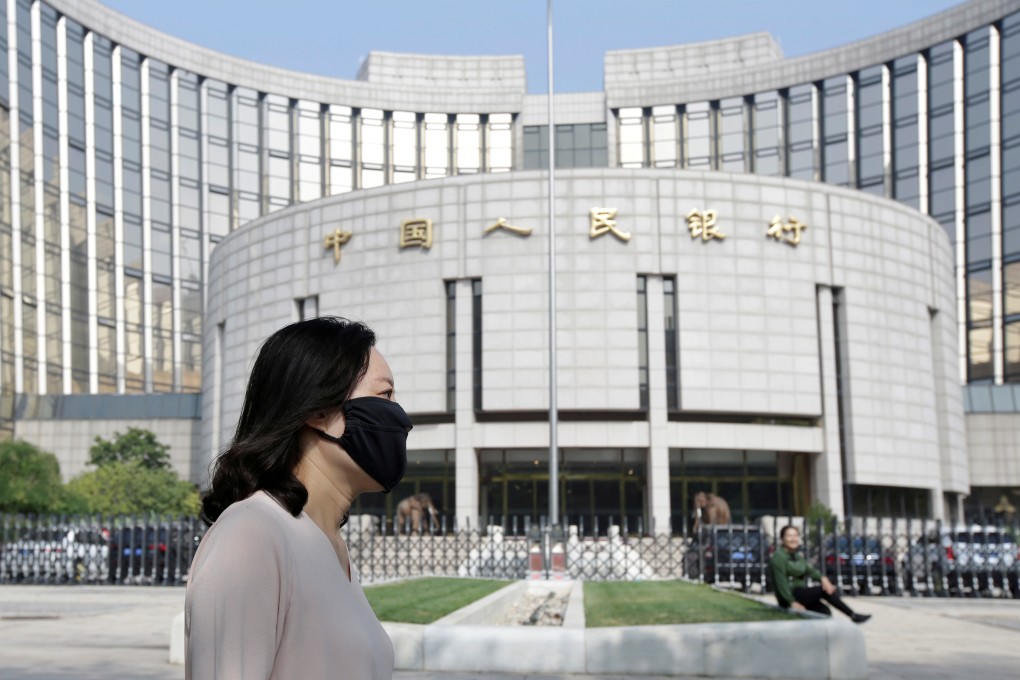Opinion | China has done its part to rectify global imbalances. It’s time for the US to step up
- Economist Jack Gao argues that China has rolled out social safety nets and eased restrictions to turn more of its savers into spenders
- But Washington’s tax cuts and outdated views on trade are worsening the country’s external imbalances

The traditional wisdom about the global economic imbalance is that the United States has overspent while China has saved too much and that this imbalance was a prime cause for the global financial crisis a decade earlier. A decade later, China’s part of the excess has been largely fixed while the US part of the imbalance remains.
China’s external position, measured by its current account balance, is “in line with fundamentals and desired policies”, according to the latest external sector report from the International Monetary Fund (IMF) published in August. While China’s current account surplus was larger than 10 per cent of its gross domestic product in 2007, it dropped to only 0.4 per cent in 2018. In other words, China, in a broad view, no longer has an imbalance issue.
This is in stark contrast to the days when China was the target of accusations of causing global economic imbalances. In 2005, then US Federal Reserve chairman Ben Bernanke linked the so-called global saving glut with the US current account deficit, and institutions like the IMF, the Group of Seven and the Organisation for Economic Cooperation and Development joined a chorus urging China to correct the imbalance. They declared that China needed to free the yuan exchange rate and to change its domestic policies.
Not without resistance, China has largely implemented the suggested policy changes, albeit in line with its own domestic priorities. China’s current account surplus has shrunk dramatically this decade and the country’s economy has shifted from a model based on investment and exports to one driven by consumer spending.
While the older generation of Chinese are known as staunch savers, new Chinese generations are not shy about amassing personal debt through mortgage loans and credit cards
While the older generation of Chinese are known as staunch savers, new Chinese generations are not shy about amassing personal debt through mortgage loans and credit cards. The savings total in the Chinese economy has fallen thanks to reforms in the social safety net and job security, giving consumers more confidence to spend.
Further, as the domestic market expanded and restrictions were relaxed, rising imports of goods and services and more trips abroad all resulted in a more balanced economic relationship between China and the rest of the world.
